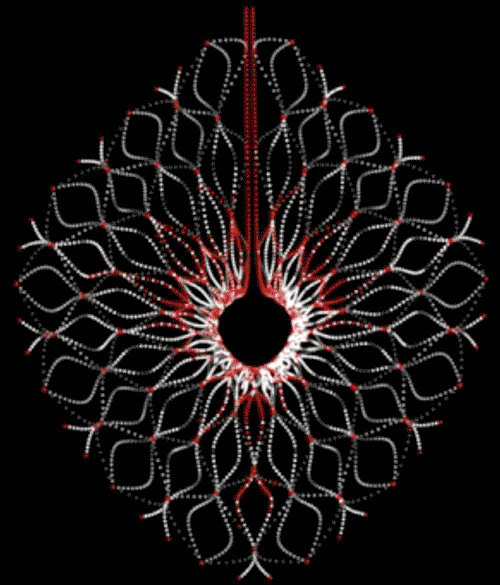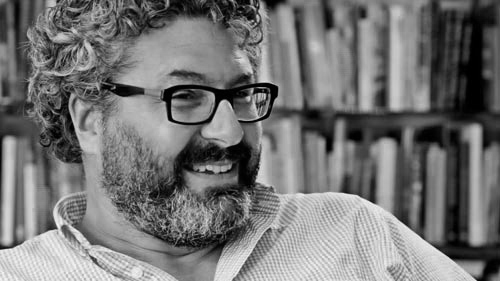-


Calculated Constructs
The formulas generating success at ZHA
By Greg Lynn

As a fellow Professor at the University of Applied Arts in Vienna, architect Greg Lynn sees the technical transformations in the digital workflow of Zaha Hadid and Patrik Schumacher’s office as ten years ahead of the game.
-
It is too easy to attribute the success of Zaha’s office to her skill with shapes, her charm and her tenacity; these are the explanations most often heard surrounding her achievements. However, like Frank Gehry, she has invested greatly in technology and her contribution to the field of architecture may well be primarily in technical and commercial terms than in shapes and formal vocabulary.
I‘ve been a Professor at the University of Applied Arts in Vienna alongside Zaha Hadid and Patrik Schumacher for nearly fifteen years. During this time, I’ve observed their engagement with technology, urbanism, construction and culture through their teaching and the work of the office. Their interests often precipitate formal results but before shapes are drawn or modelled there is always a lengthy, often quantifiable, analysis. I’ve now realised that the purpose of the analytic phase is manifold; but one of the primary functions is to motivate decisions within a digital medium predicated on numbers and dimensions.
More formidable than either her design, interpersonal or psychological strengths is this deep knowledge of, and curiosity in, digital design and construction. She and Patrik were among the first offices to begin working with Gehry Technologies and have alumni from it in leadership roles on numerous project design teams. This is important to recognise as Gehry and Hadid are several years, if not a decade, ahead of the competition when it comes to embracing a digital workflow from design through construction.
Previous page: GIF from the Arum Video,Venice Biennale, 2012. This page: Space frame modelling of the Dongdaemun Design Plaza, 2013, Seoul. (Images courtesy Zaha Hadid Architects)
-

Greg Lynn is an architect and innovator specialising in redefining the medium of design with digital technology as well as pioneering the fabrication and manufacture of complex functional and ergonomic forms using CNC (Computer Numerically Controlled) machinery. He was born in 1964 in Ohio, graduated from Miami University of Ohio with degrees in both architecture (Bachelor of Environmental Design) and philosophy (Bachelor of Philosophy) and later from Princeton University where he received a graduate degree in architecture (Master of Architecture).
Lynn is now a Studio Professor at UCLA’s school of Architecture and Urban Design where he is currently spearheading the development of an experimental research robotics lab. He is also Davenport Visiting Professor at Yale School of Architecture.
Lazy critics often invent excessive costs, prolonged schedules and even construction fatalities to describe her work but in fact the reverse is the case. Next time an architect making a pretty box tells you Zaha’s buildings are expensive please ask them where they are getting their information. Odds are they’re trying to explain why they themselves are so far behind in the technological transformation of the design and construction industry. Whenever I hear the costs and schedules for her buildings I am amazed at how quickly and affordably they are being built, often in places without a mature construction industry. It is difficult to compete with the speed, efficiency, costs and fees that her firm requires; far less than the retro-modernist architects who rely on old world artisanal methods of construction, luxurious materials and excessive labour to bring value to their work. Zaha’s office is competitive not because of her personality but due to her embrace of innovation. This is the only explanation for the rapidity of their success in the Middle East, Russia and China where few other architects are able to operate commercially.
Over the last ten years the impact of Patrik on the office can’t be underestimated as he has focused more and more on a parametric model of practice where quantifiably discrete values can be assigned to every aspect of a building’s design, engineering and construction. In saying that their office is a decade ahead of their competitors is to say that inevitably other architects will become increasingly like them in how they practice; not in the style of architecture but in their use of technology. Patrik is maniacal about converting architects to parametricism in theory but it may be unnecessary as it’s happening through practice. Perhaps no one is scurrying further down the rabbit hole of digital sensibility than Patrik, a fact which provides a better insight into their work than the familiar personality profiles, stylistic musings and metaphorical comparisons employed by today’s journalists.
I’ve always admired Zaha’s commitment to change in the field over and above all other concerns personal and professional. It happens that my particular interest is in her ability to take up digital technology. Exactly like our friend and colleague Frank Gehry her impact might very well be on how practice is transformed through knowledge and technology. This is not to minimise the power of the shapes and spaces but to point out that there is significant innovation behind them. I
-
Search
-
FIND PRODUCTS
PRODUCT GROUP
- Building Materials
- Building Panels
- Building technology
- Façade
- Fittings
- Heating, Cooling, Ventilation
- Interior
- Roof
- Sanitary facilities
MANUFACTURER
- 3A Composites
- Alape
- Armstrong
- Caparol
- Eternit
- FSB
- Gira
- Hagemeister
- JUNG
- Kaldewei
- Lamberts
- Leicht
- Solarlux
- Steininger Designers
- Stiebel Eltron
- Velux
- Warema
- Wilkhahn
-
Follow Us
Tumblr
New and existing Tumblr users can connect with uncube and share our visual diary.
»I don’t mistrust reality of which I hardly know anything. I just mistrust the picture of it that our senses deliver.«
Gerhard Richter
Keyboard Shortcuts
- Supermenu
- Skip Articles
- Turn Pages
- Contents


